

Valencia, Spain’s third-largest city, is a captivating blend of old and new, offering visitors a rich tapestry of history, culture, architecture, and language. Nestled along the eastern coast, Valencia boasts a history that dates back to Roman times, evidenced by the ancient ruins and artifacts in the city today.
Amidst these architectural marvels, Valencia’s streets thrum with the vibrancy of daily life, where history meets the modern day. The city’s wide plazas and winding alleyways offer more than just beauty; they are alive with cafes, shops, and markets that showcase the mingling of old-world charm and new-world dynamism. This blend of historical depth with contemporary energy not only defines Valencia’s cityscape but also enriches the experiences of those who walk its streets, making every visit a discovery of contrasts and a celebration of life’s continuities and changes.
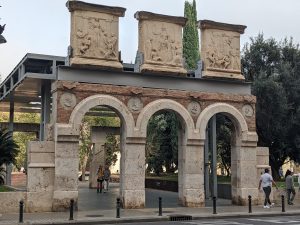
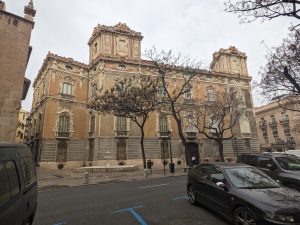
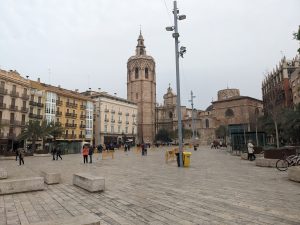
The city’s architecture is a visual feast, showcasing a mix of Gothic and modernist influences. The Cathedral of Valencia, a stunning example of Gothic architecture, stands proudly in the city’s heart, housing treasures like a chalice reputed to be the true Holy Grail. Just a stone’s throw away, the futuristic City of Arts and Sciences, designed by Santiago Calatrava, highlights Valencia’s leap into modernity with its avant-garde structures, including a planetarium, an oceanarium, and an interactive museum.
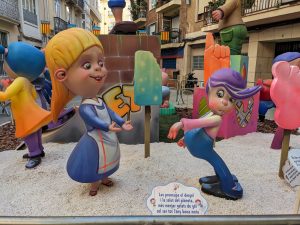
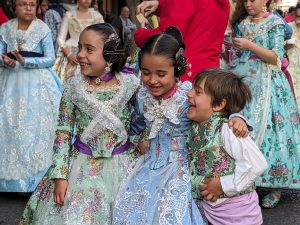
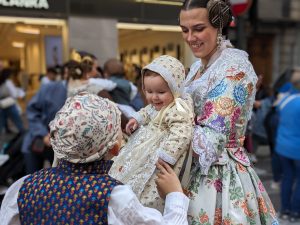
Valencian culture is deeply rooted in its festivals, arts, and culinary traditions. While avoiding the well-known Las Fallas, it’s important to note that the city thrives with other cultural activities and festivals that celebrate its unique identity. Like the Jota, traditional Valencian music and dances add rhythm to the local life. Gastronomy plays a central role in daily life, with paella, a dish that originated here, serving as a culinary emblem of the city’s rich agricultural heritage.
Language is another integral part of Valencia’s identity. While Spanish is predominantly spoken, Valencian, a dialect of the Catalan language, is co-official and widely used in education and media, showcasing the region’s pride in its linguistic heritage. Engaging with locals in their native tongues, be it Spanish or Valencian, can offer deeper insights into this vibrant community’s everyday life and ethos.
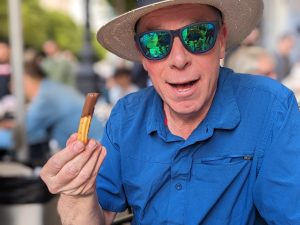
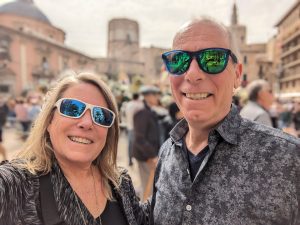
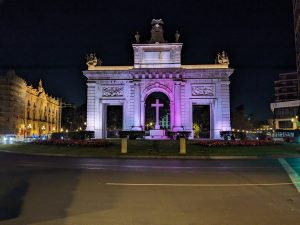
As this journey through Sevilla, Valencia, Girona, Montpellier, Carcassonne, and Toulouse comes to a close, the rich tapestry of experiences we’ve gathered is interwoven with the joy of sharing LingoHut with diverse communities. In each city, from the flamenco rhythms of Sevilla to the medieval streets of Carcassonne, we engaged with local schools, market vendors, and hotel staff, spreading knowledge and connecting cultures through language. These interactions enriched our understanding of each locale’s unique heritage and charm and reinforced the universal importance of communication in building bridges. As we reflect on our travels, the smiles, the conversations, and the shared learning moments stand out, highlighting the profound impact of embracing and understanding our world’s splendid diversity.